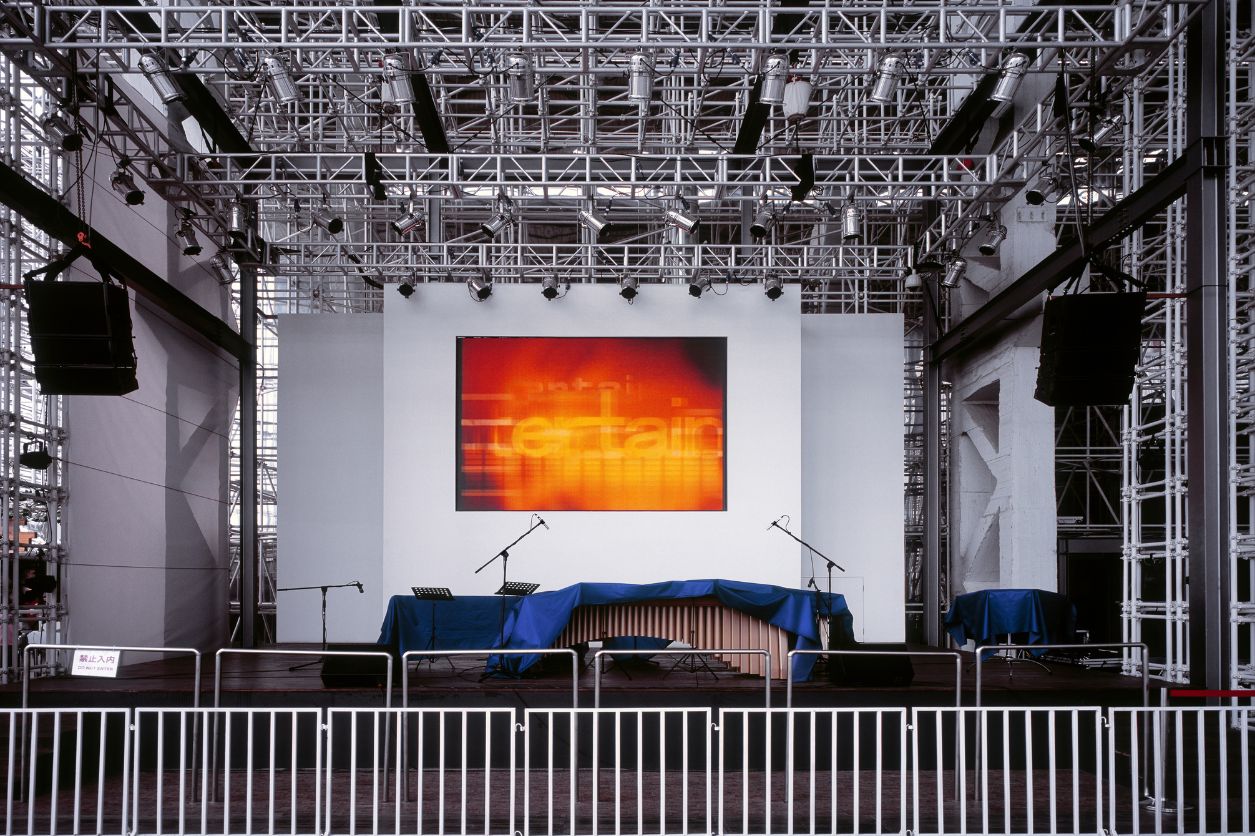Digital LED screen technology is revolutionising the way we take in visual information and interact with the world around us. From train stations to football stadiums, it’s now standard to find out vital information such as timetables and security updates via digital signage, as well as to receive advertising and marketing information.
Another less commonly known use of LED displays is to enhance communication and engagement in places of worship. These multifunctional spaces, such as churches, mosques, synagogues, or temples, not only act as houses of worship, but also often as community centres, educational spaces, fundraising hubs, and more.
The place of worship is often at the heart of the community, and LED technology can help them to connect and communicate in new and enhanced ways. Here’s a look at some of the ways digital screens can improve the experience of congregants and religious leaders, as well as the wider members of the public who may use the space.
Communicating information
Places of worship often have busy schedules, and digital signage can be used in vestibule areas both to welcome visitors and inform them of the upcoming events and religious services. They can also convey more general community messages and real time updates about events that might impact visitors, such as information about changes or closures.
Enhancing the visual experience
In larger places of worship such as cathedrals and temples, LED screens or video walls can ensure that the entire congregation has a view of the speaker or worship leader. This can help everyone present to feel connected and engaged with the proceedings, enhancing their social and spiritual experience.
Assisting with multimedia or immersive experiences
More modern approaches to worship might include multimedia presentations to augment the words of the speaker or accompany music and singing. LED displays are perfectly suited to this purpose, because they can display clear images, video content, text, hymn lyrics, or any other suitable content to complement the nature of the service.
This can reach out across multi-generational congregations and to people who may not speak the native language, or have sensory impairments. This makes the whole experience much more accessible and inclusive, allowing all comers to have the opportunity to worship to their full potential.
Encouraging virtual participation
LED screens can be used to connect or reach out to remote audiences who may not be able to physically attend the place of worship. High-spec screens can broadcast crisp and clear visual images to remote audiences, whether in their own homes or in another public gathering place.
This allows for high quality hybrid events of worship, increasing participation and inclusivity for those who cannot attend physically due to illness, disability, caring responsibilities, or location.
Interactive features
In some situations, worship leaders may wish to engage more directly with the congregation through interactive participation. Screens can assist with this by enabling requests for certain hymns or readings, or even hosting question and answer sessions. These features may also be useful for wider community events, such as fundraisers or local history exhibitions.
Sustainability
Places of worship are naturally concerned with the wellbeing of congregants and the wider world, and one way they can contribute to this is through the use of LED screens, which are more sustainable and environmentally friendly than traditional methods of communication, such as paper and printed materials, or energy-intensive light projector displays.
Digital communication methods are cost effective and reduce waste by lessening the need for printing posters, leaflets, and so on. They are also more environmentally friendly because they consume less energy to run, thus reducing the carbon footprint of the house of worship.

